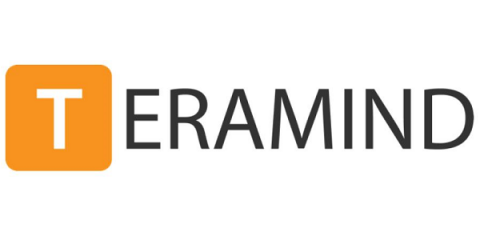The Actionable 2024 Operational Efficiency Playbook
Every organization wants to run as efficiently and productively as possible. Maximizing operational efficiency allows a company to reduce waste while still producing a high-quality product or service. There are many ways to increase efficiency (24 billion hours per year are wasted in unproductive meetings!), and developing an actionable strategy for your organization can yield significant results in productivity and profit margins.






